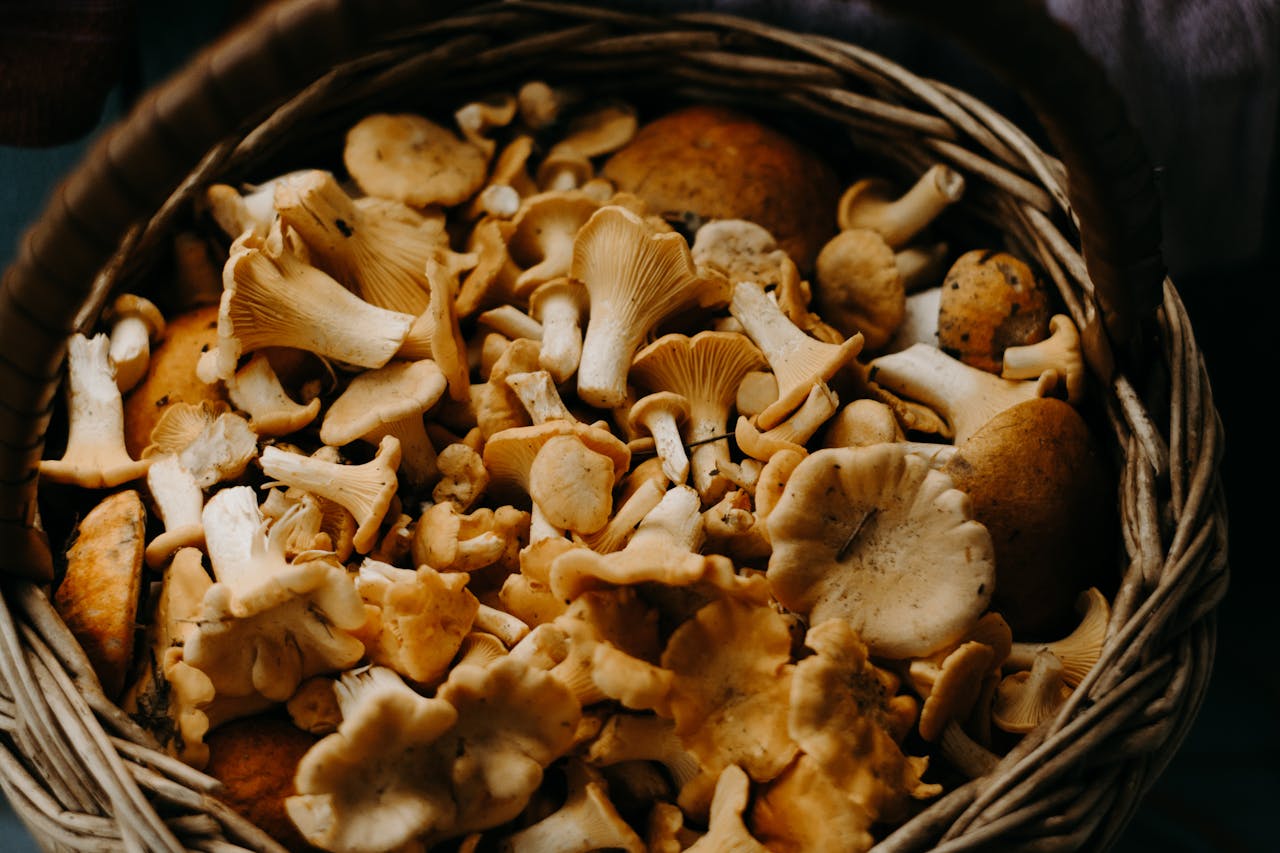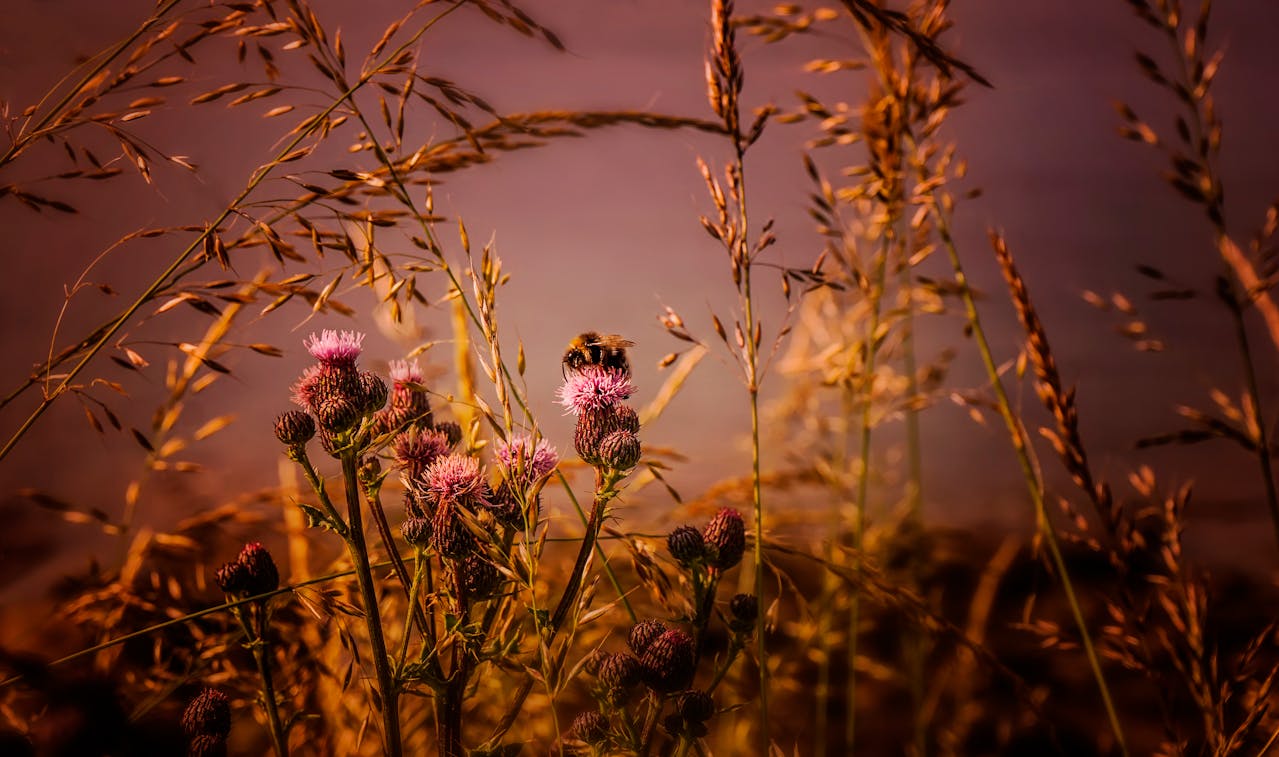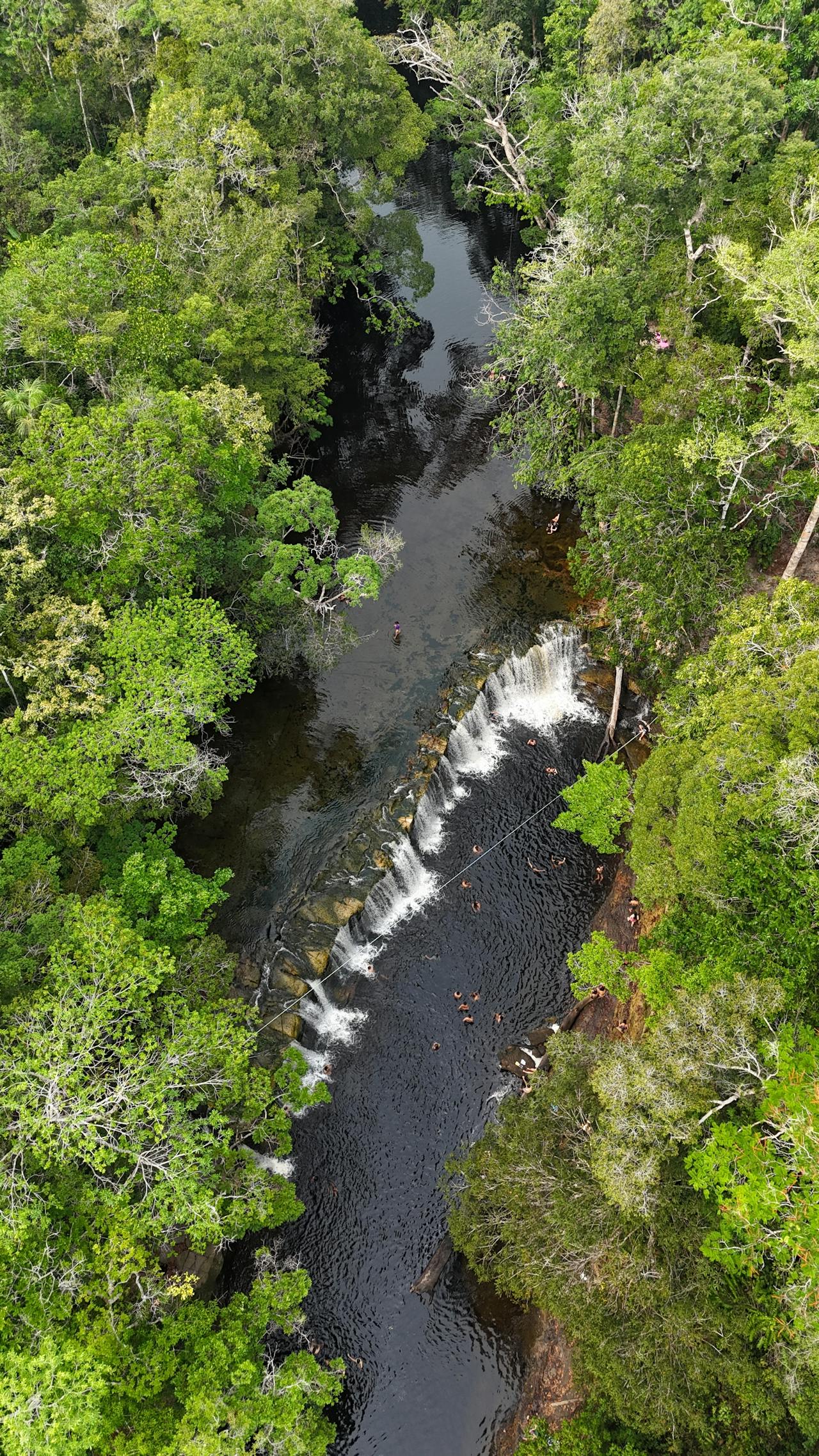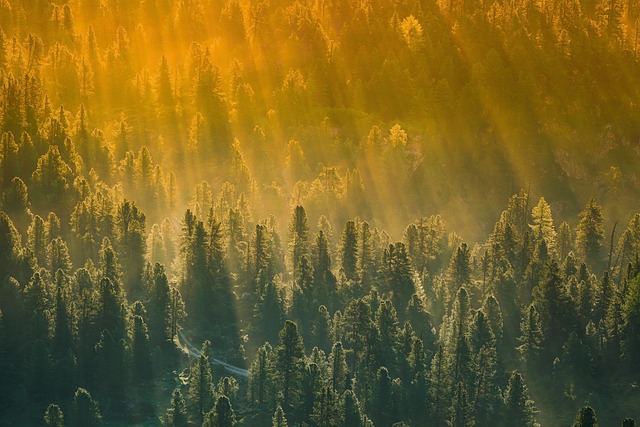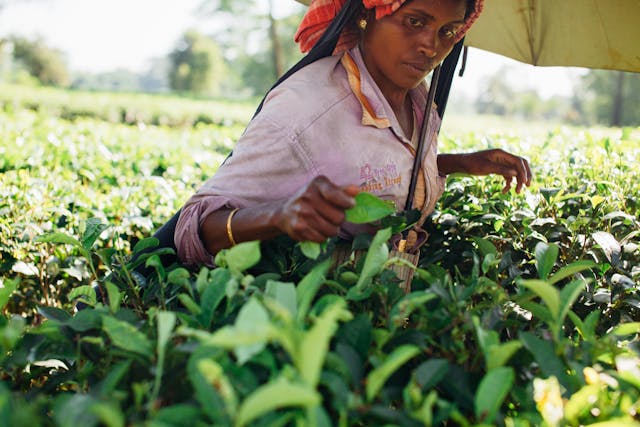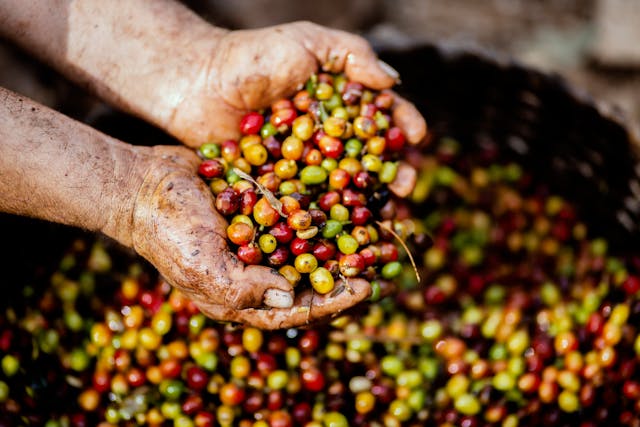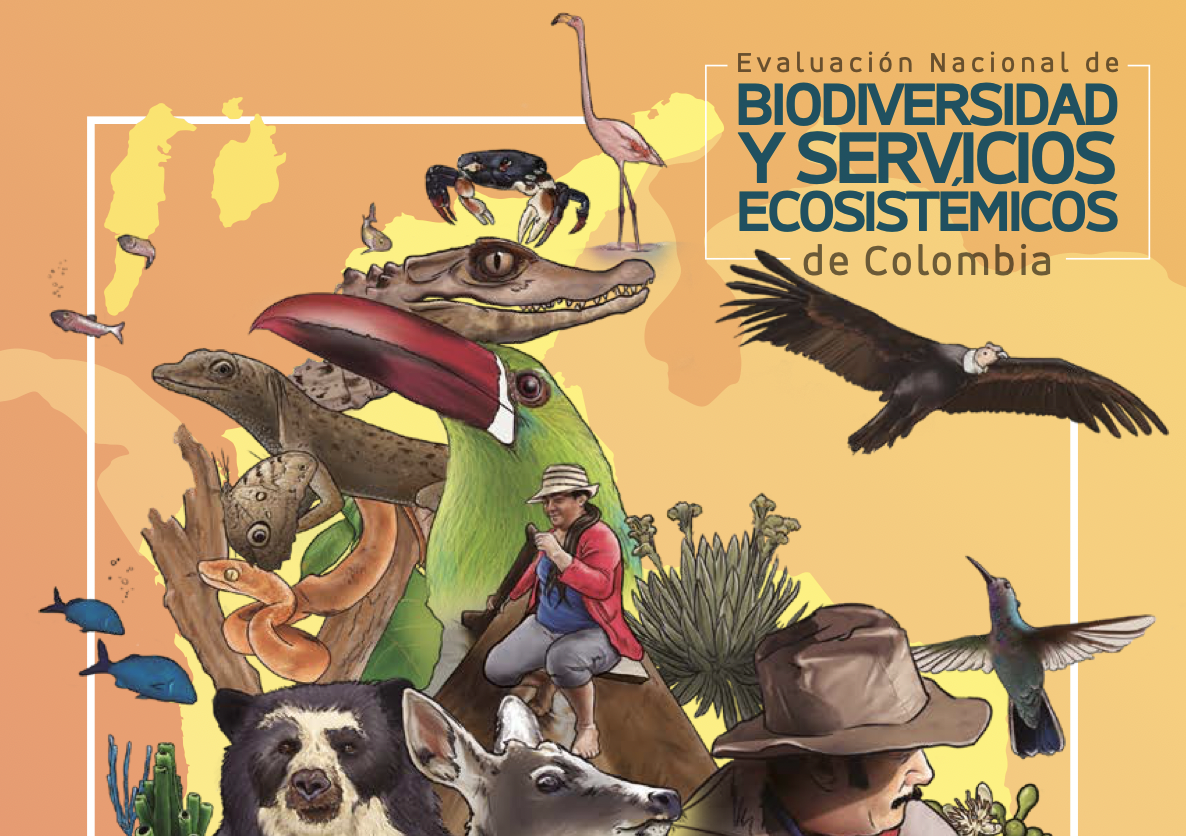Selection exerted by pollinators on flowers is predicted to occur along two distinct axes. While pollinator attraction to flowers is governed by pollinator preferences, pollen transfer efficiency is mediated by the mechanical fit of pollinators to flower morphology. Although pollinator attraction in sexually deceptive orchids is typically underpinned by floral odour, morphological traits are expected to play a vital role in a mechanical fit during floral contact with pollinators.
Here we utilize a comprehensive and novel procedure to test for pollinator-mediated selection through a mechanical fit with the flower labellum in the orchid Chiloglottis trapeziformis. This approach combines detailed pollinator observations related to plant reproductive fitness with complementary experimental manipulation and phenotypic selection analysis.
Experiments with virgin flowers revealed that pollen removal occurs only during vigorous pseudocopulation. This behaviour involves male wasps that grasp the insectivore callus structure on the labellum while probing the labellum tip in a forward orientation. Both orientation and duration of pseudocopulation were significant predictors of pollen removal, confirming a direct relationship between pollinator behaviour and plant fitness. Controlled floral manipulation that either shortened or elongated the distance between the callus and the labellum tip detected no change in pollinator attraction. The duration of pseudocopulation, however, was significantly reduced on flowers with a shortened or elongated callus–tip distances, consistent with stabilizing selection. Phenotypic selection analysis confirmed this prediction in natural populations by uncovering evidence for stabilizing selection on the distance between the callus and the labellum tip.
Our experimental manipulations and selection analysis in natural populations thus demonstrate stabilizing selection on the distance from the callus to the labellum tip and illustrate the utility of employing multiple approaches to confirm selection exerted by pollinators on the floral form.
























































































































































































































































































































































































































































































































